Holding Head as Hair Flies While Dancing.
Studio 54, July 1977.
It’s easy to feel the pulsing disco beats and red hot energy in photographerMeryl Meislers collection of images.
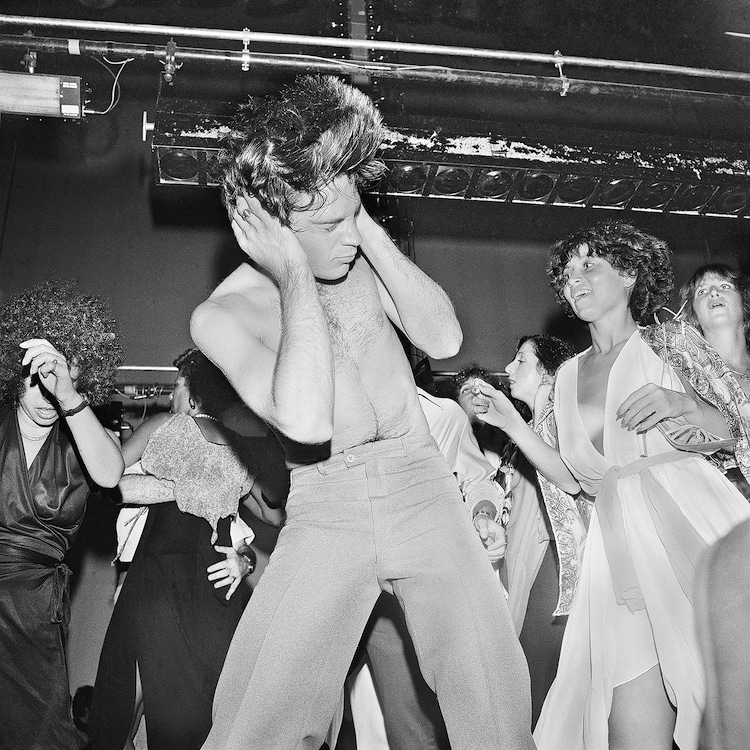
Holding Head as Hair Flies While Dancing. Studio 54, July 1977.
Her work weaves a tale of New York’s 1970’s unparalleled nightlife scene.
Infinity, August 1977.
What originally drew you to New York nightlife?

Elbows at Angles. Infinity, August 1977.
There I was, in my twenties in New York City, The City That Never Sleeps.
Why not go out and explore the nightlife?
It was so varied and fascinating.

Turn Around with Drink In Hand. GG Barnum’s Room, December 1978.
Besides, as a freelancer, I didnt have a steady job to show up to early every morning.
It helped me meet, talk to people, and open doors including the discos.
I danced with my camera.
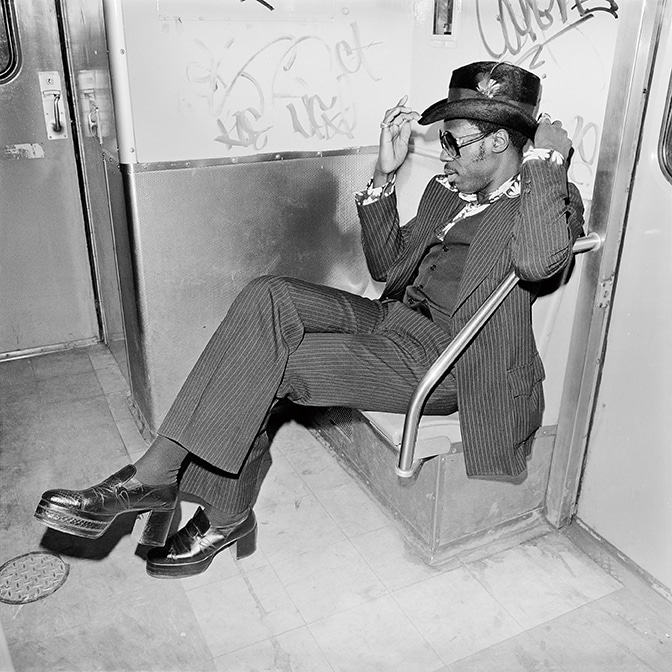
Jiveguy on the Williamsburg subway. Brooklyn, March 1978.
People are still fascinated by the allure of Studio 54, why do you think that is?
Throngs of people wanted and waited to dance the night away and mingle with the outrageous clientele and celebrities.
Other clubs, many featured in my bookA Tale of Two Cities: Disco Era Bushwickwere fabulous, too.
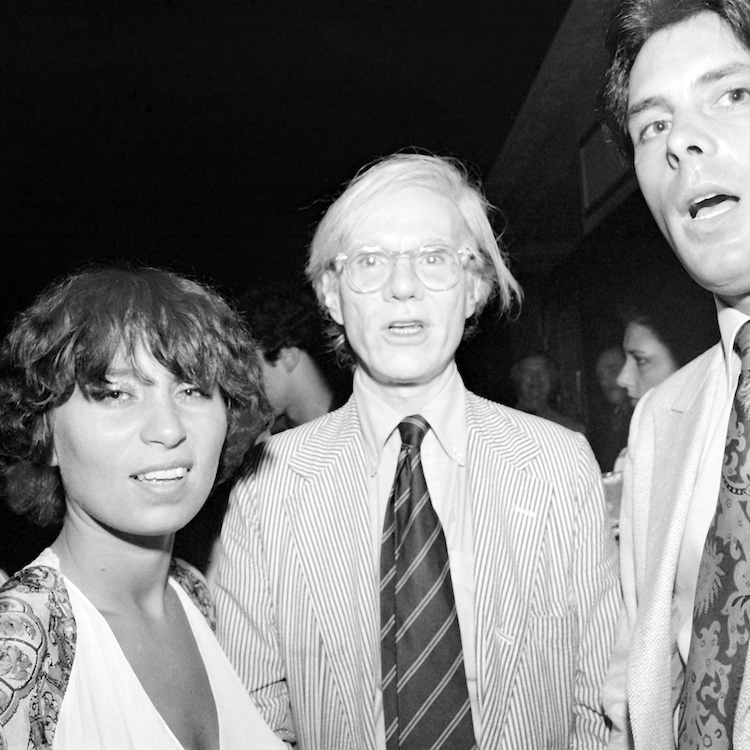
Open Mouthed Judith, Andy Warhol, and His Friend. Studio 54, July 1979.
Turn Around with Drink In Hand.
GG Barnum’s Room, December 1978.
What was it about the energy of disco that spoke to New York?
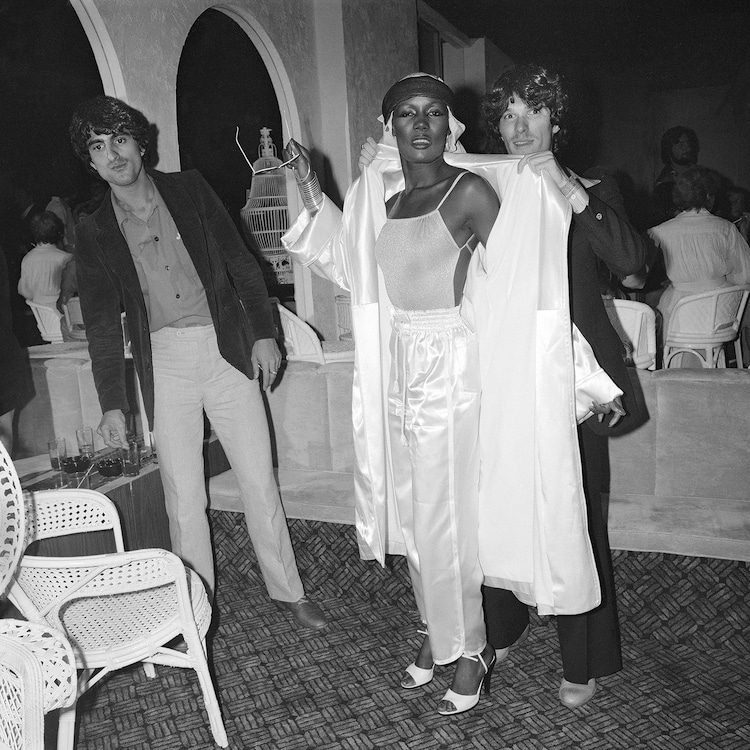
Grace Jones Arrives on Opening Night. La Farfalle, June 1978.
As a New Yorker, what did it mean to you?
The energy in disco paralleled the energy I felt in New York City.
The sound was like a current that fed off excitement and experimentation, outsiders developing their own mainstream.

CBGB. April 1977.
Perhaps it was similar to the birth of the Blues and Jazz of previous generations and locales.
What was the most shocking contrast between your suburban home and what was happening in the city?
Every house looked nearly the same on the outside within each development.
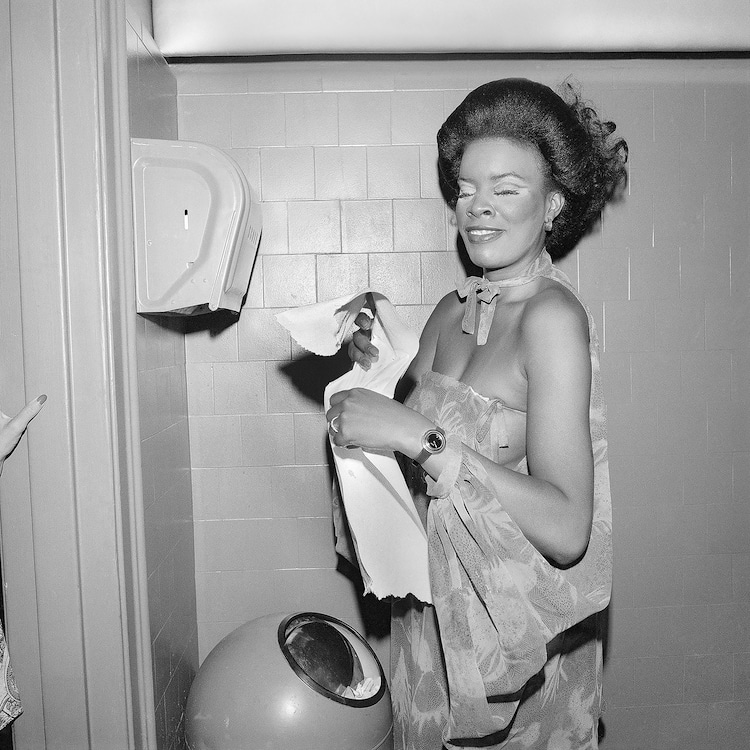
Drying Hands in the Ladies Room. Studio 54, July 1977.
Every household consisted of parents and children.
There was only one single parent on the block.
Suburbia was a place where most kids rode bikes and adults drove cars rather than walking.
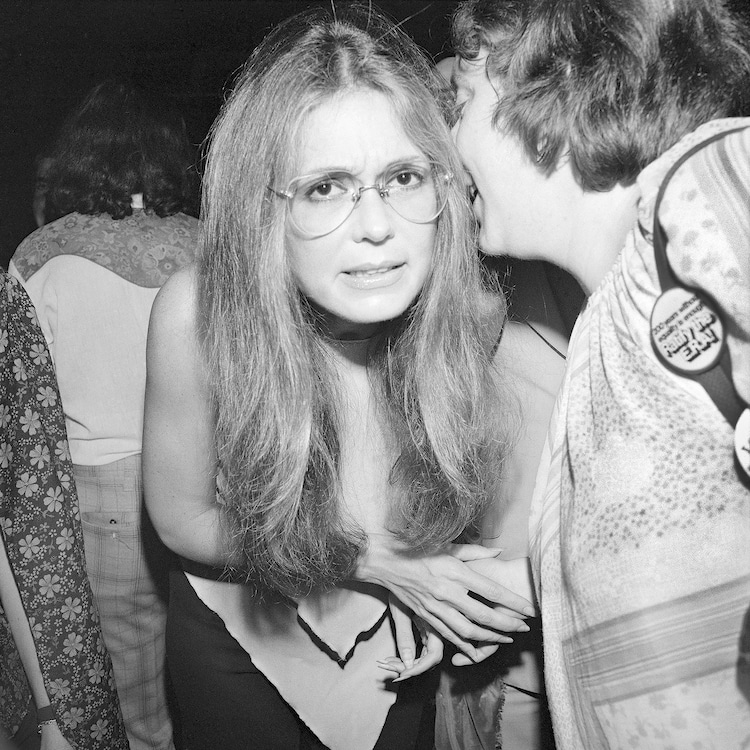
Woman With Ratify The ERA Button and Gloria Steinem. Studio 54, July 1977.
Jiveguy on the Williamsburg subway.
Brooklyn, March 1978.
Walking and public transportation were the way of travel; subways my favorite.

Boyz to Men. Bushwick, October 1982.
I didnt even realize the kid with the last name Gomez in school was Hispanic.
I wasnt the only queer person.
I felt I fit right in.
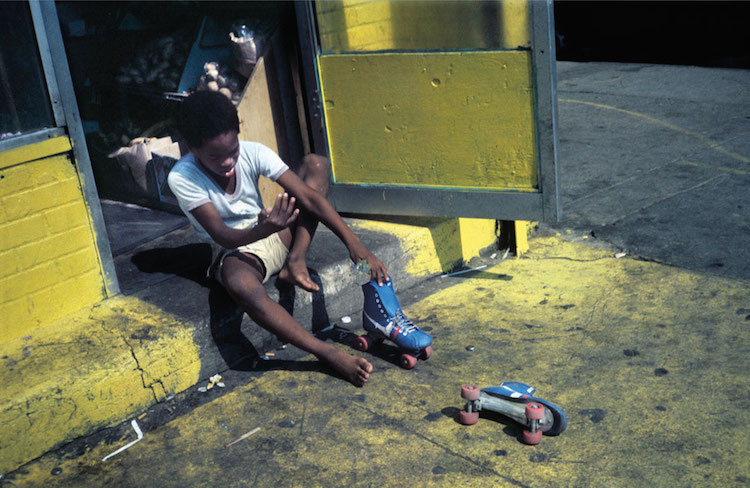
Roller Skates. Bushwick, circa 1984.
Open Mouthed Judith, Andy Warhol, and His Friend.
Studio 54, July 1979.
How did you connect with your subjects?
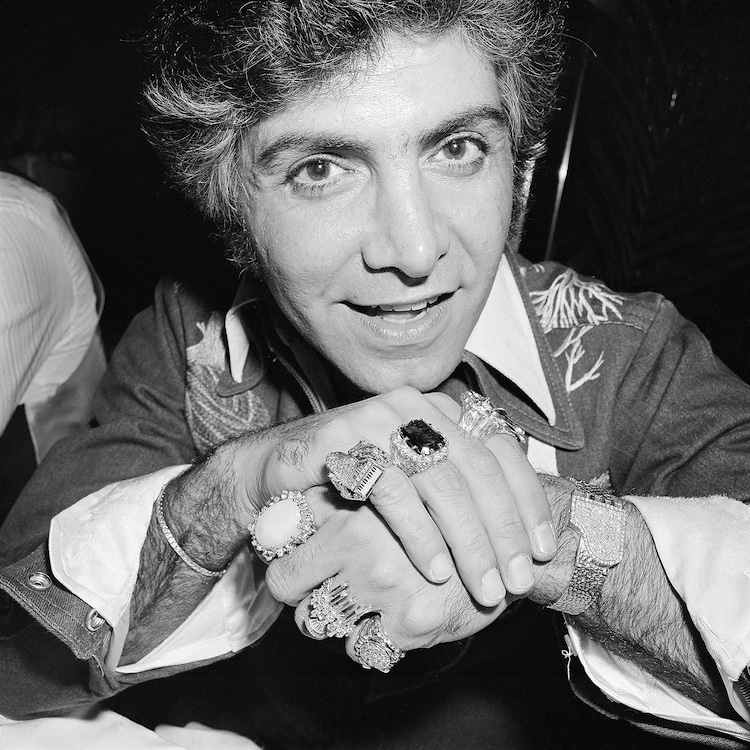
Liberace’s Protégée. Le Mouches, April 1978.
I rarely went out alone.
I went to the salsa clubs and artist/musician loft parties with my Rosner cousins and friends.
As mentioned before, my camera helped me talk to and meet people.

Wild Wild West Kiss. Hurrah, March 1978.
Id ask or gesture for permission to take a photo, and people usually replied yes.
How did you choose who to photograph given that on film, each shot is precious?
If my medium format camera was in repair, then I’d have a 35mm with 36 exposures.

Feminine Floored. Hurrah, March 1978.
My dad Jack Meisler was a printer by trade, and a passionate photographer.
I inherited his eagle eye.
Grace Jones Arrives on Opening Night.
La Farfalle, June 1978.
Nightlife staples Grace Jones and Andy Warhol are both featured in your archive.
How do you think celebrity has changed from that era to now?
Celebrity is a fleeting notion, affected by publicity, media, time, and culture.
Some celebrities have staying power, others burn out or are forgotten within a short time.
The celebrities hung out amongst the other party goers in the clubs I frequented in the ’70s.
For my generation, I think celebrity changed December 08, 1980 when John Lennon was killed.
It’s like a magnet.
I don’t even wait.
And when you’re a star they let you do it.
you’re able to do anything …
Grab them by the pussy.
it’s possible for you to do anything.
Celebrity has taken on a tarnished meaning, to me.
One of the owners invited Judi, ostensibly to see our work, to be his personal guest.
But if you invited Judi, Meryl came along.
Oh yes, I was excited we were gaining entree to the legendary private rooms reserved for the stars!
But while getting ready at my place BAM!
At Studio 54 a few stragglers waited outside, but the doors were locked.
We pounded, but no reply.
Waited a while, pounded some more.
In the following days, New York felt like a small town.
It was burning, with looting and rioting that went on and on.
Drying Hands in the Ladies Room.
Studio 54, July 1977.
For a long time, your archive remained unpublished.
What drove you to finally show your work publicly?
Ive always exhibited my photographs and artwork but never had many articles nor a book published until 2014.
The vast majority of my archives are still yet to be revealed.
I kept doing the series anyway, and in 1978, the work successfully helped me receive a C.E.T.A.
(The WPA of the 1970s) Artist position as a documentary photographer for the American Jewish Congress.
Woman With Ratify The ERA Button and Gloria Steinem.
Studio 54, July 1977.
I was always plugging away.
The Disco, Go-Go and other decadent nightlife photos were never exhibited.
It could have put me at risk of losing my job and means of livelihood.
I turned down a vanity press offer.
Now, I am working on the third book in this trilogy about the 1970s.
Bushwick, October 1982.
Eventually, you transitioned into a long teaching career and began photographing Bushwick, where you were teaching.
How was Bushwick different to what you were seeing in Manhattan?
I stayed, and taught in Bushwick from 1981 to 1994.
It was never boring.
Walking to and from the subway each day was an adventure.
The buildings always stood waiting for their portraits, never knowing when they could stand no more.
Bushwick, circa 1984.
Obviously, Bushwick has undergone a huge transformation in recent years.
Do you have any thoughts about its rise as a symbol of gentrification?
I dont miss burnt out buildings and empty lots filled with unsafe debris.
The dangerous deserted parks were revitalized.
Le Mouches, April 1978.
What do you hope that people take away from your images?
Everyone you meet, even if for a moment, is important.
Treat them as such.
We are all witness to and part of history.
This is your time, this is your place.
Eventually, you will find your purpose and passion.
To paraphrase Isaac Newtonwe stand on the shoulders of those who came before us.
What you say, do, preserve, change and share matters.
Wild Wild West Kiss.
Hurrah, March 1978.
Hurrah, March 1978.